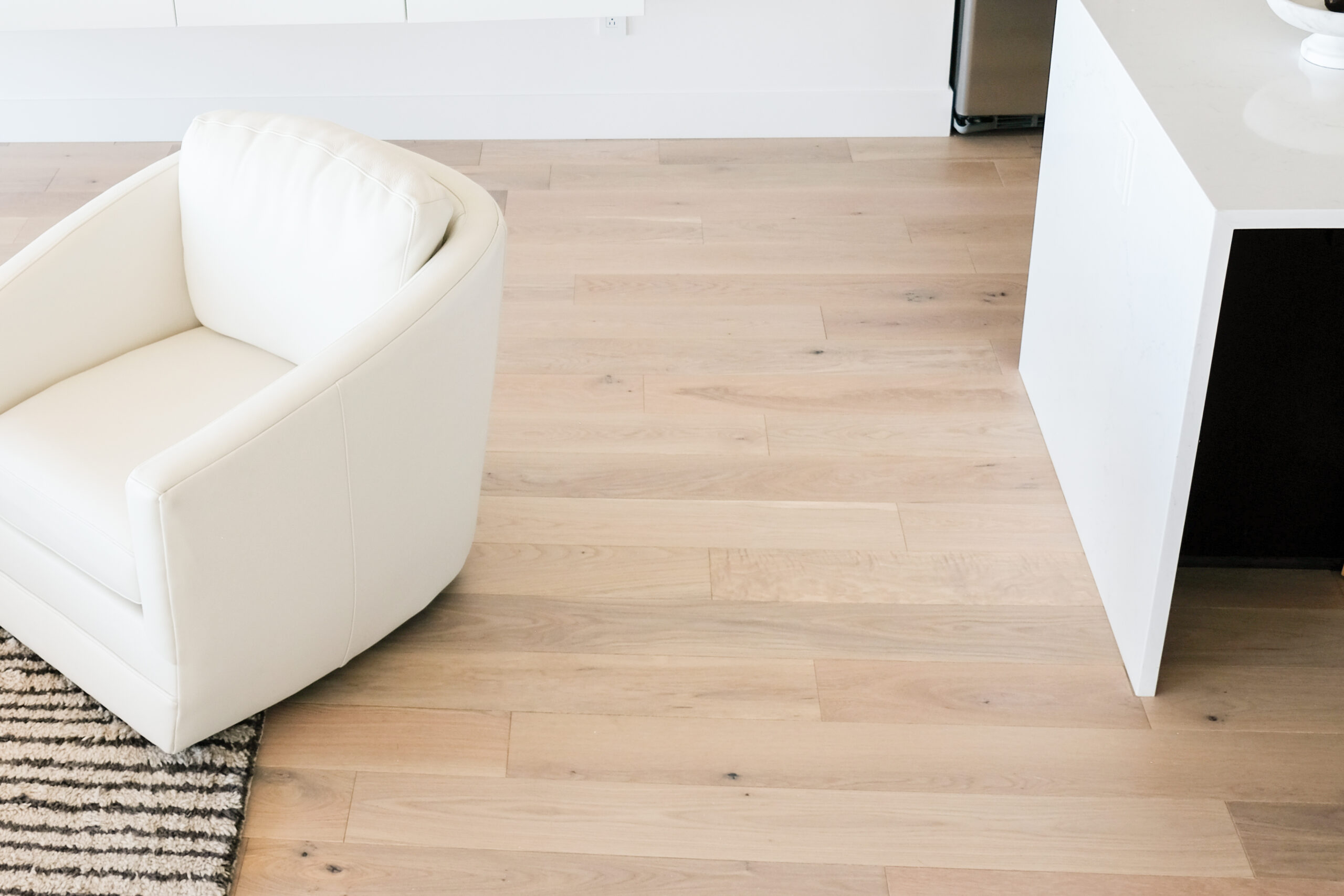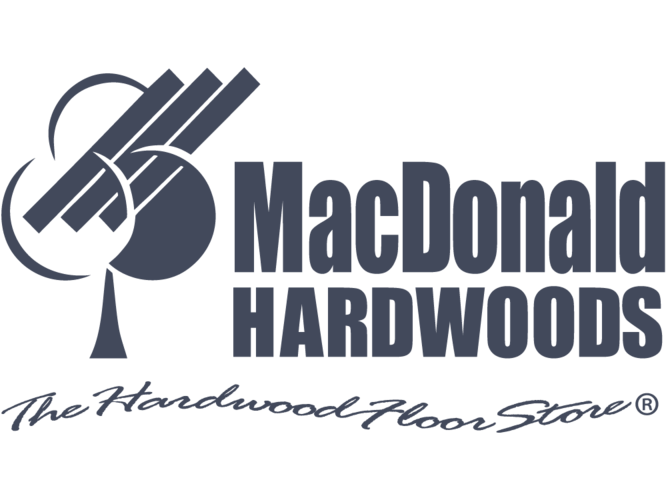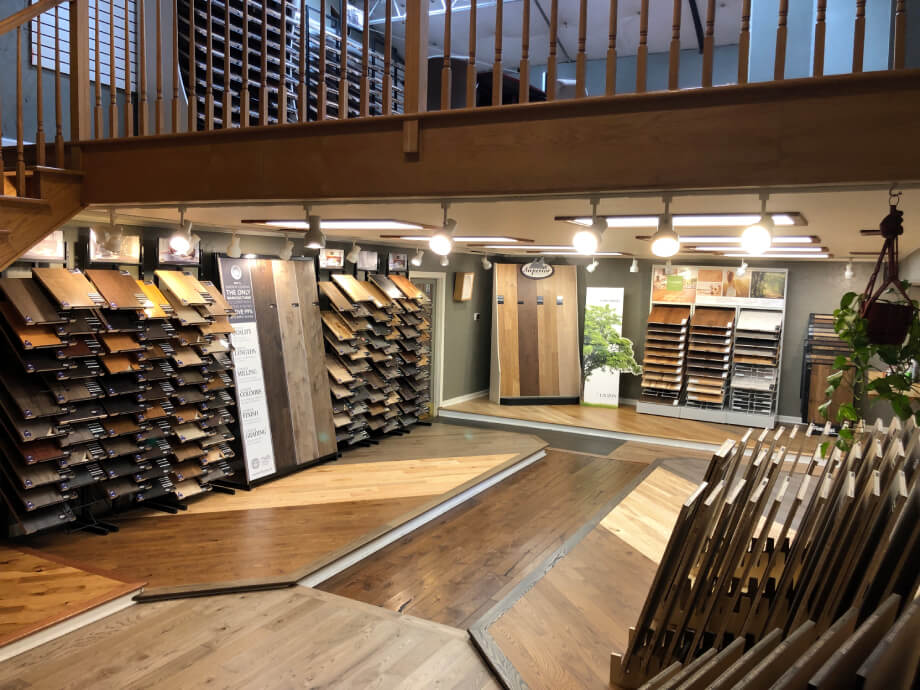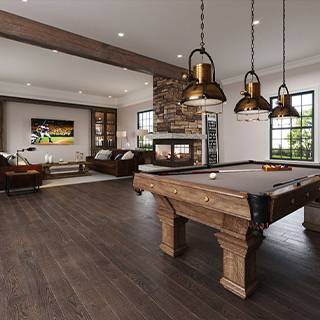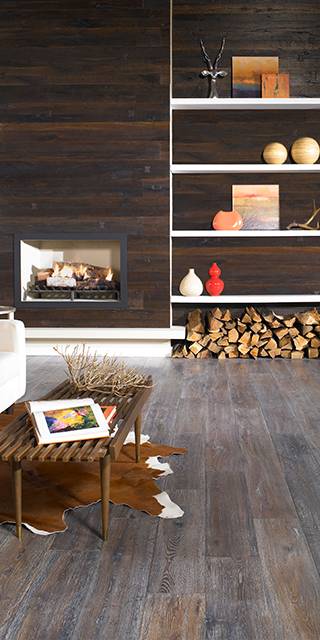Call 303-825-3006 or click to Contact Us.
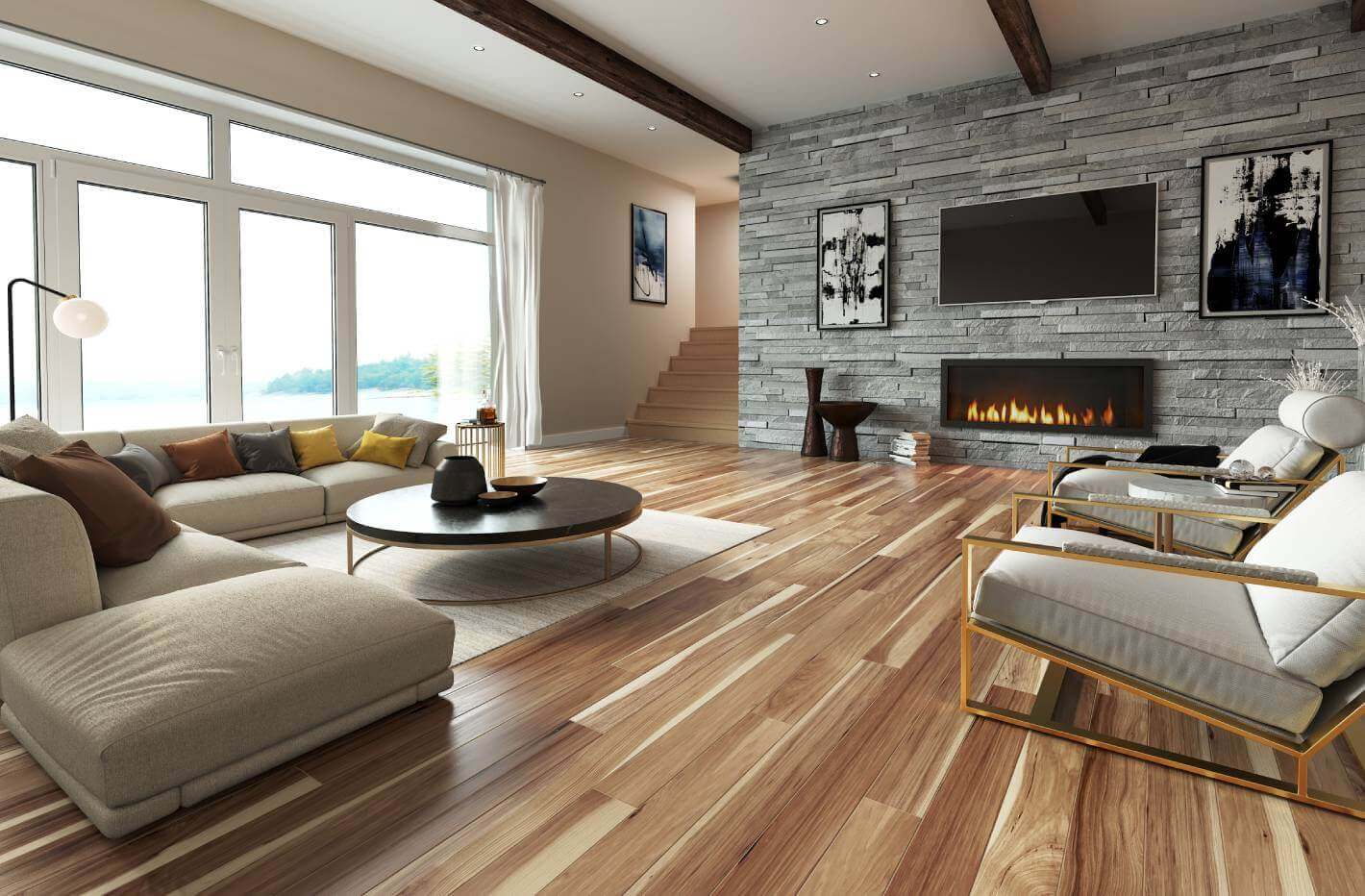
Hickory
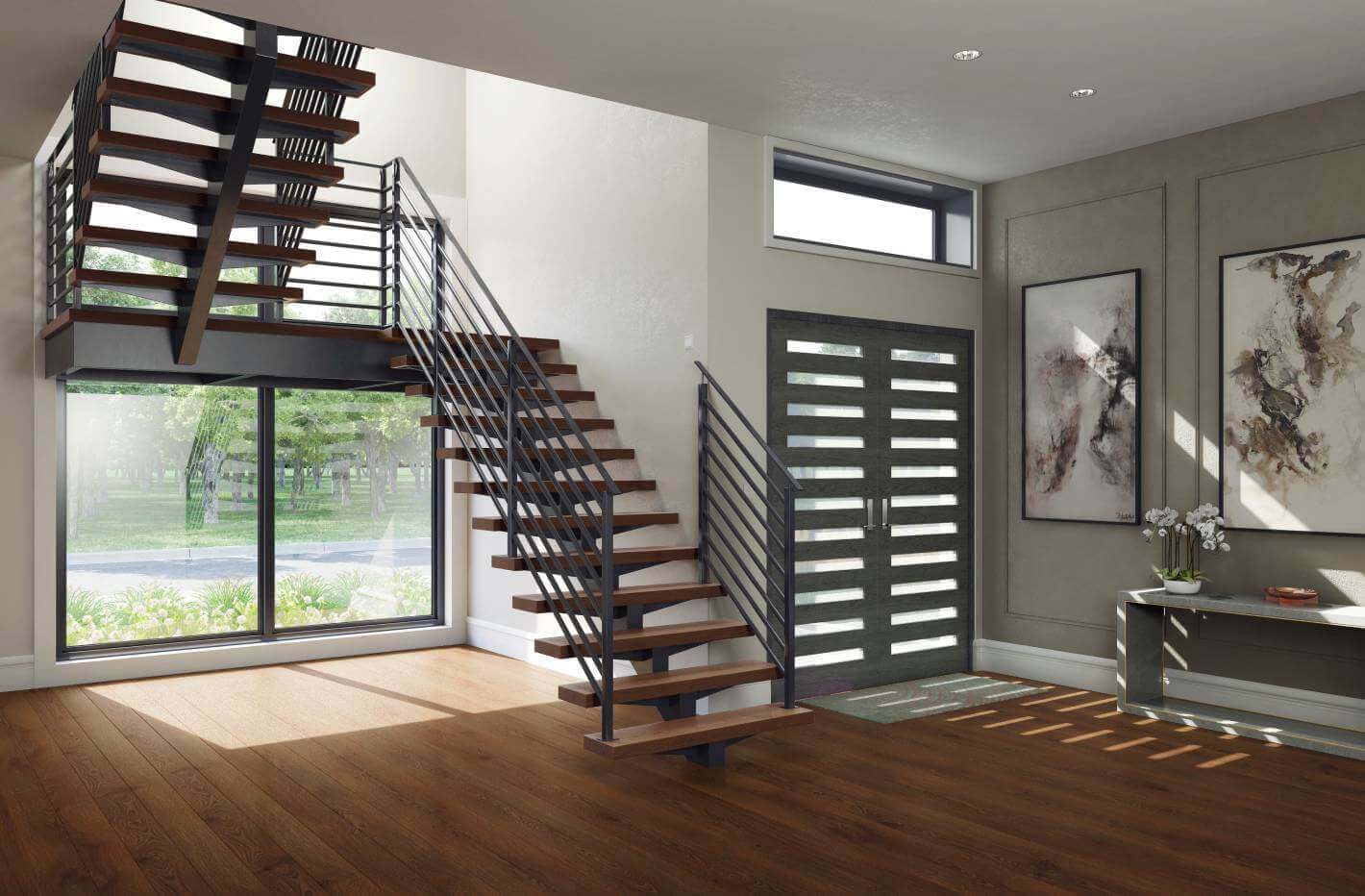


Maple Cinnamon
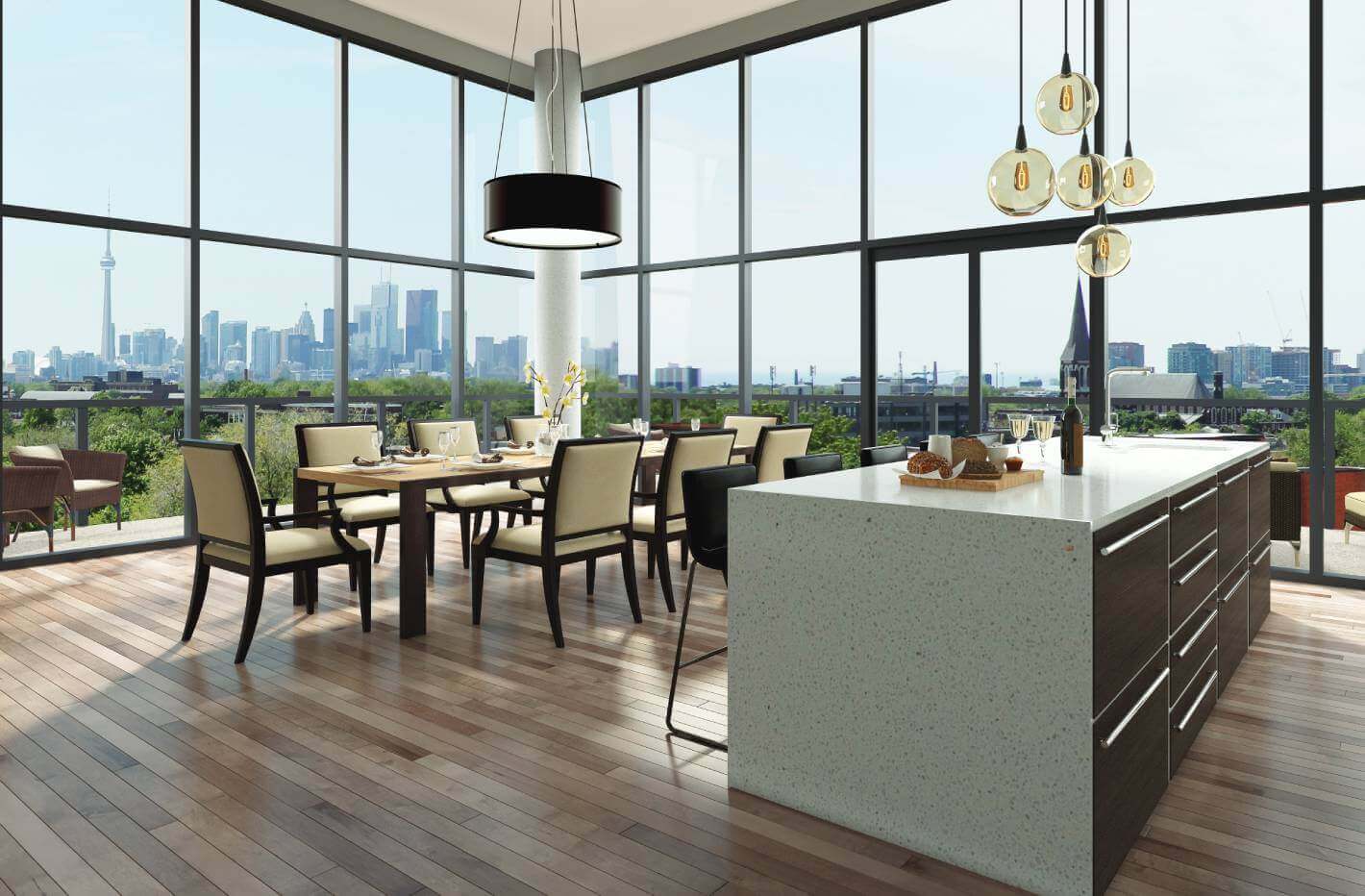


Maple Cumin
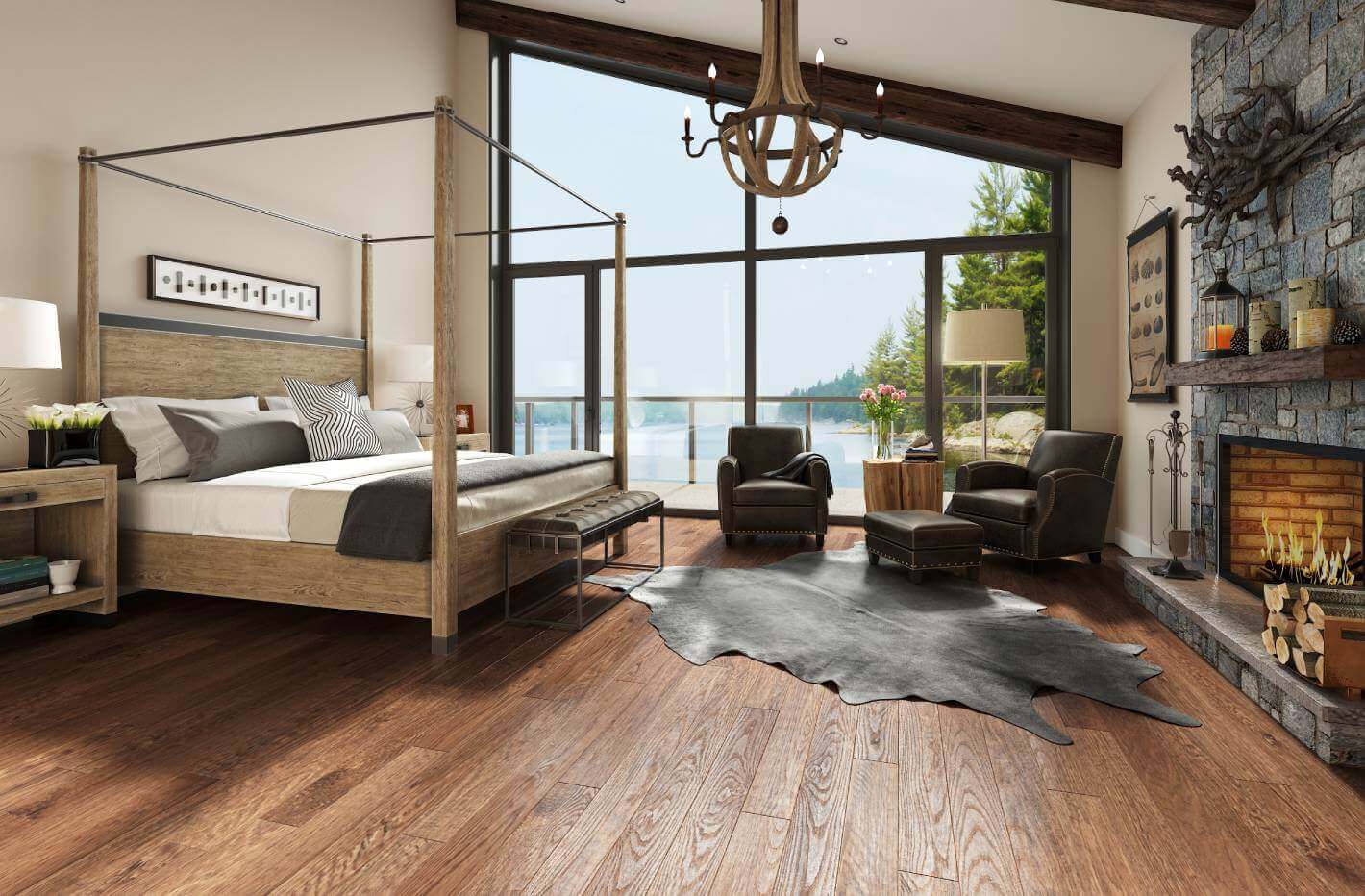


RED OAK
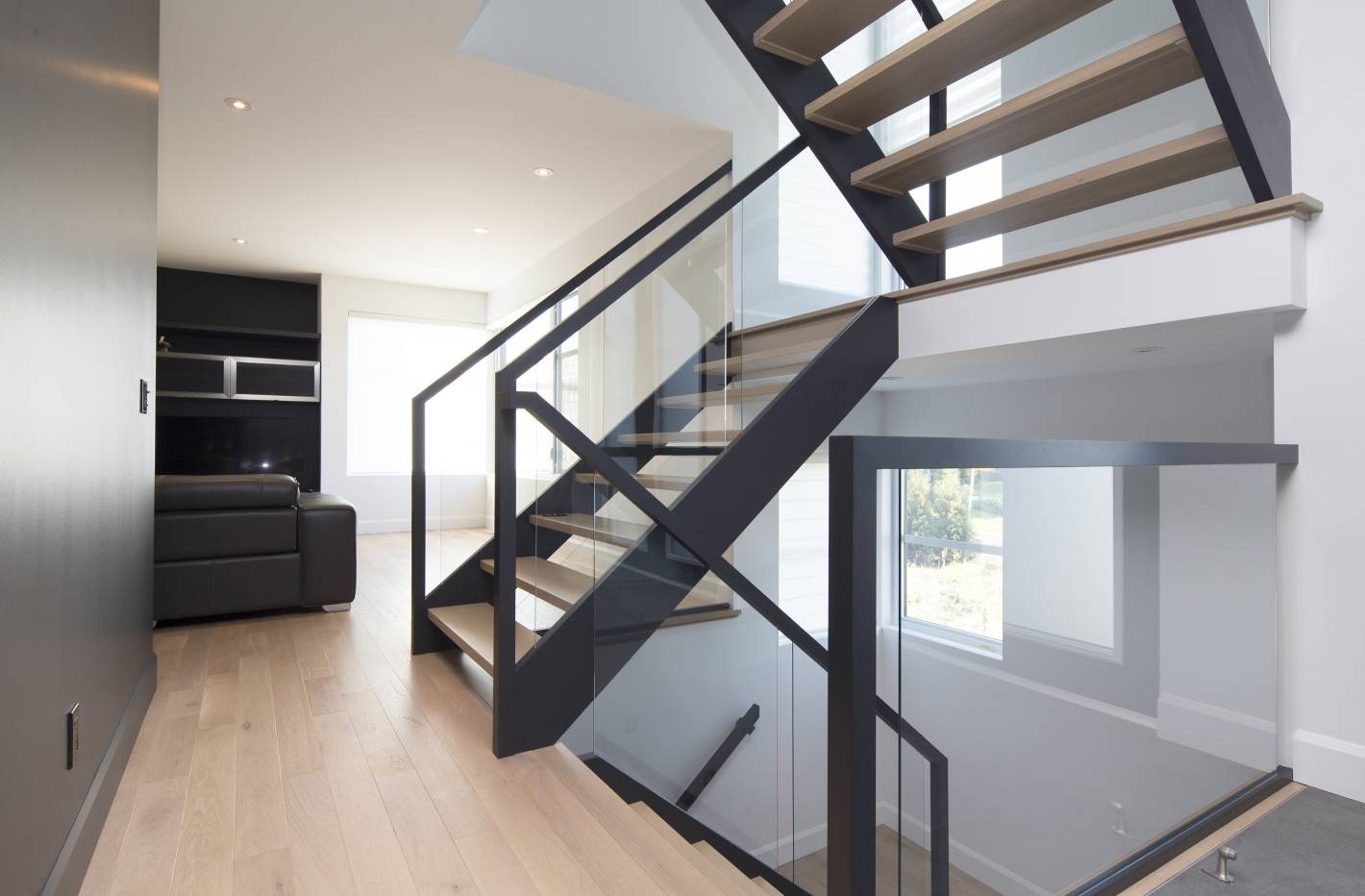


White Oak
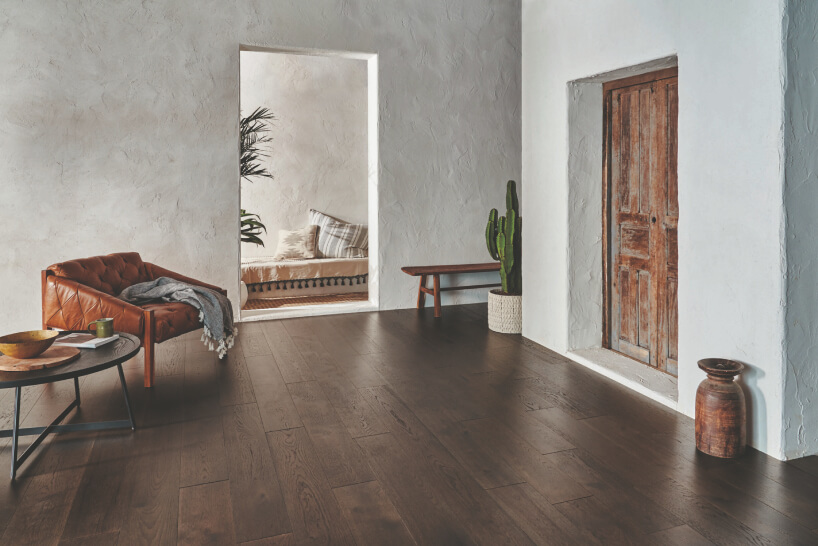


X1
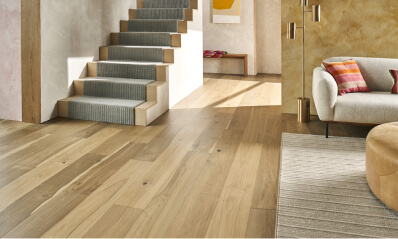


x2
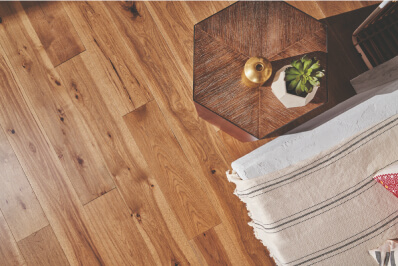


x3

welcome to a tailored look
What’s Your Type?
We choose wood products from top quality manufacturers using the most sustainable environmental practices. We offer hardwood floors stained with a variety of finishes and core materials designed for ultra low VOC (volatile organic compounds). In addition to being durable and scratch-resistant, our finishes are also eco-friendly.
Colorado born and Raised
Featured Products
For the highest quality hardwood flooring products and services, the obvious choice is MacDonald Hardwoods, serving Colorado for over 30 years. We not only sell and install hardwood flooring, but we offer resources for those do-it-yourself-ers. We offer premium hardwood flooring to fit every style and taste for both residential and commercial installations. Schedule an appointment to stop by our showroom and see our Wire Brushed and Lower Sheen finishes – two of our most popular products. Call for details!
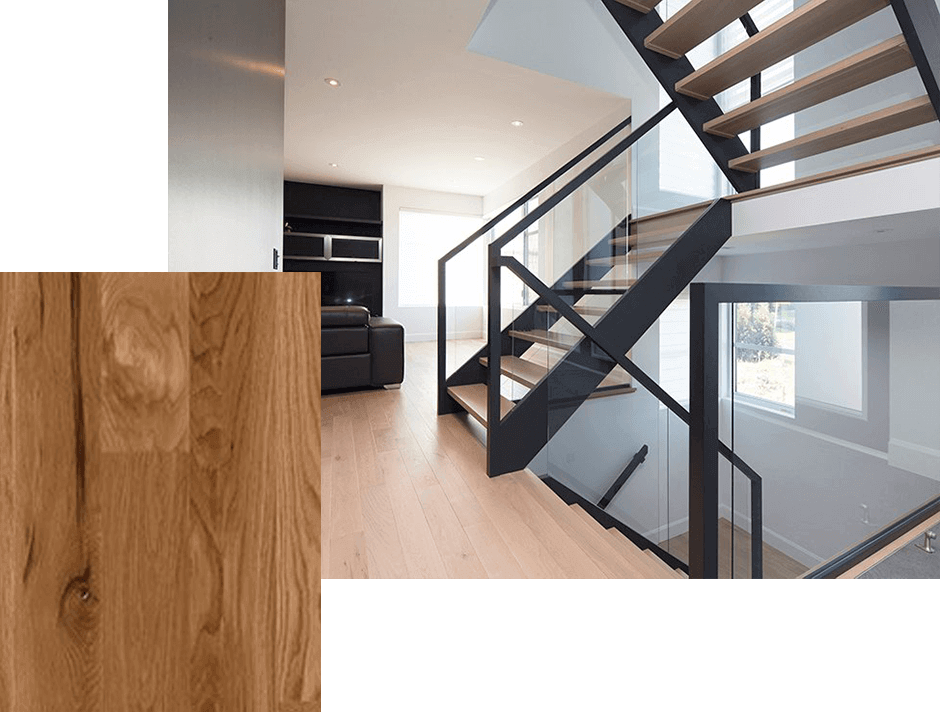
‘‘
Client Testimonials
I can’t say enough good things about MacDonald Hardwoods. We ran into several challenges with our 1,400 square foot project, and yet installation started on the day we scheduled and was completed ahead of schedule. Wow. Communication from Steve was excellent throughout, and the company was more than fair in sharing the load of some unexpected sub-floor prep expenses. I’m still in shock. We’ve installed wood floors before in another city, and the experience was unbearably slow and stressful. While we paid more this time around, it was 100% worth it given our time constraints and low stress tolerance during a relocation. I think this is as painless as installing flooring gets. This company really does deliver what they promise! I wish I could give them 10 stars.
- Alison D.My husband and I recently purchased hardwood flooring from MacDonald Hardwoods and we couldn’t be happier! The price was right, the staff was responsive in helping us make our selection and answering all our questions, and the installer was great. I highly recommend them.
- Ann C.Bruce and Scott were extremely professional and insightful with their hardwood floor suggestions for our 2nd floor, measured and estimated within one day, and scheduled construction the next. Brent, who handled all the carpet tear-out, labor, and installation was thorough, fast, and very congenial. We missed his presence, but we have beautiful floors to show for it! Very satisfied customer!
- Bernie S.We had already picked hardwood from another retail exchange, but became concerned they would be unable to timely deliver. So we went to MacDonald Hardwood and could not be more satisfied. They were much more knowledgeable about our needs and options. We selected a hardwood floor more beautiful, better quality, less costly than we had previously picked. The flooring was delivered precisely when scheduled. And the customer service was above our expectations!! MacDonald Hardwood is the only place we would recommend whatever kind and quantity hardwood flooring you want
- Das S.Thoroughly satisfied by the quality, craftsmanship and attention to detail provided by MacDonald Hardwoods. Our project could not have gone better. The communication and planning was first rate as was the execution. Our installer Ben was outstanding and made sure we were 100% pleased before leaving our home. Would highly recommend MacDonald Hardwoods to anyone looking for quality wood flooring at a fair price.
- Gary D.We had a great experience from start to finish. Tom’s estimate in-house was quick and accurate and we had a complete quote before he left. The installation was exactly on schedule and for the number of days quoted. We are so happy with the look of the floors and how it has transformed our house. The installation team was professional, polite, and true craftsmen.
- Heather F.We recently completed a kitchen renovation and needed flooring throughout the main level. We went to several flooring places throughout the front range before finding MacDonald Hardwoods. As soon as we walked in we spotted the floor we were searching for. We wanted a medium brown, prefinished, real hardwood. I asked our sales representative alot of questions and he thoroughly explained everything.
We purchased just over 1000sqft, had it delivered and installed with our requested time frame. From the sales rep to the delivery guy and installer, the entire process was 5/5 stars.
We purchased floor from MacDonald Hardwoods 25 years ago! Yes 25 years, It has held up beautifully. When we decided to replace carpet with more hardwood we went to MH with hope to find something close.. The salesman was awesome and found almost a perfect match! If you need flooring I would highly recommend MacDonald Hardwoods.
- Kathy M.I needed a few linear feet of replacement oak flooring. I stopped in on a whim, because I did not want to buy an entire box (which was what most places wanted me to do). They took the time to find some matching pieces and sent me on my way. It was so nice to deal with such friendly and helpful people. I recommend giving these guys a try when you need some new hardwood floors.
- Kevin M.The team at Macdonald Hardwoods is fantastic. We thought we knew what we were looking for but after a few questions from Scott, we ended up with the right high quality flooring that was ideal for our application. Both Scott and Tom were very knowledgeable and even pointed us in the right direction for some other needs related to the project. I love buying local and I appreciate having a resource I can trust. We ended up purchasing Superior 3/4” oak and are very satisfied so far!
- Kristin F.
Get Inspired
Browse the highlights of a few recent finished projects.
























this is going to be easier than you thought
Find Your Color
Finding the perfect floor for your home can be complicated. With the variety of woods, finishes, and products on the market today sometimes it is easier to start with what color you want your floor to be and choose the right product from there. Interested in a specific wood type or finish for your home, but still shopping for colors? Just browse our wood species.
